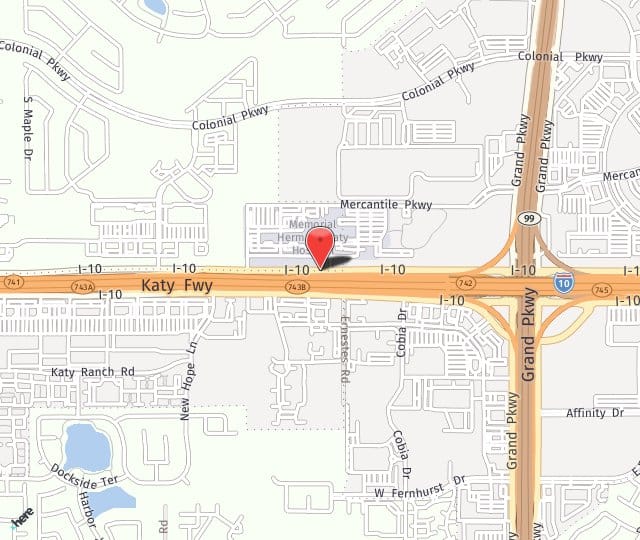Ovarian cyst and ovarian tumors represent a major portion of gynecologic visit in any given year. They can be divided into non malignant and malignant conditions. The most common pathology of those two involving the ovary are those of non cancerous etiology. So what is an ovarian cyst? How are they formed? What symptoms can they cause? Is ovarian cyst a sign that you might develop ovarian cancer in the future?
A cyst of the ovary is a collection of fluid inside the walls of the ovary. Every month a number of follicles inside the ovary undergo a process called atresia, which means death of an ovum inside the ovary. Most of the time, they appear as tiny little cysts in the walls of the ovary under sonographic examination. These do not cause any symptoms and you should not be worried. Most of the time they measure less than 1 or 2 cm. On occasions, these follicles can increase in size and form what is called an ovarian cyst, that sometimes can measure up to 10 cm and rarely even more. That’s when they are considered of clinical importance. Generally this cyst may resorb and disappear within a few days of watchful waiting.
What Are the Symptoms of Ovarian Cyst?
When they do not disappear after a few days, they can start causing symptoms.
Most common symptoms of ovarian cyst are the following:
- Abdominal and pelvic pain
- Abnormal uterine bleeding
- Pelvic pressure, fullness, swelling, discomfort, constipation
- When it ruptures spontaneously the can cause sudden sharp pain, stabbing like sensation in the affected side
- Ovarian Torsion ( this is a surgical emergency)
- Weight gain, nausea or vomiting
- If they contain hormones, some women might experience facial hair, acne, problems with fertility, body hair etc
- Bleeding inside the cyst causing anemia or intra-abdominal haemorrhage
How to Diagnose an Ovarian Cyst?
For patients with these symptoms, it is imperative that they seek medical help. Although most ovarian cyst are benign, some might be malignant. Some of the ovarian cyst can cause what is called an ovarian Torsion and the patient might end up losing an ovary if no immediate surgery is performed. Clinicians can diagnose an ovarian cyst by the symptoms describe above, a clinical exam, including pelvic exam or even a rectal exam. This will give an estimate of the size of the cyst and will help evaluate a treatment plan.
Ultrasound is the most sensitive and specific method of assessing an ovarian cyst. Other methods can also be used like a CAT scan and MRI, but sometimes they do not offer any other additional information than the ultrasound can give us, especially if there is no other intra-abdominal pathology suspected. Due to the low cost of the ultrasound, follow up imaging can be performed in a few weeks to observe if the ovarian cyst has resolved spontaneously or if its persistent.
What Are the Treatments for an Ovarian Cyst?
Depending on the size and symptoms of the patient either medical therapy vs surgical therapy can be offered.
Pain medication like Tylenol, Ibuprofen, Motrin, Aleve etc, can be used for management of the pain associated with ovarian cyst. If pain is too severe, even stronger medications can be prescribed, but if the pain requires a Narcotic, probably pain medication is not the best initial solution. Severe pain associated with an ovarian cyst can suggest the possibility of having a Ovarian Torsion and immediate surgery is recommended.
Natural therapies to alleviate the pain are: Heat pads, hot sit baths, a warm bath, as this might help decrease the swelling or symptoms associated with an ovarian cyst.
BCP or birth control pills are another way to treat this ovarian cyst. They function as an effective method to regulate the menstrual cycle and prevent the occurrence of ovarian cyst.
When is Surgical Intervention Needed for an Ovarian Cyst?
When the ovarian cyst persists for 6-8 weeks or 2-3 menstrual cycles, surgical intervention is most likely needed. Laparoscopic surgery is considered the gold standard for this type of problems. We insert a 5 mm camera through the umbilicus and two other ports in the lower abdomen to visualize and remove the ovarian cyst in the affected size. Most of the time, the patient can go home the same day and recover in less than one week. This is considered minimally invasive surgery and its a very attracted method to intervene in this cases.
IF you think you have this condition, don’t hesitate to call us and book an appointment. At Pink Women’s Center, OBGYN in Katy Tx, we specialize in this medical conditions (ovarian cyst) and guide you to decide a well informed decision regarding the management of your medical illness. Call us now!
Ovarian Cyst by Joel Rivera MD
Was nervous at first but everyone was so nice and attentive, i felt comfortable very quickly. Very nice establishment, the whole process went smoothly.-Katherine Wu
Click here to read more reviews.

